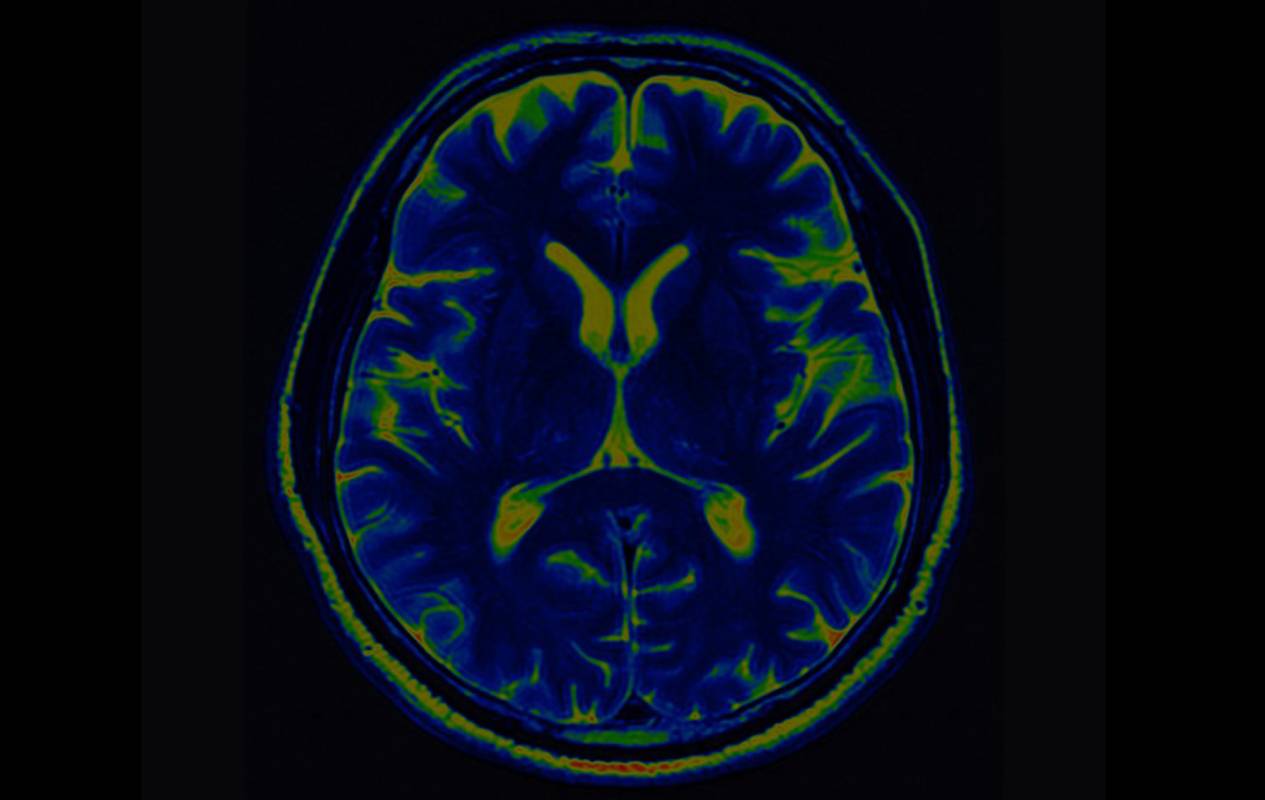Chronic pain is a significant medical problem globally 1, resulting in substantial disability, discomfort, and social and economic repercussions: In 2016, over 20% of adults in the U.S. were estimated to suffer from chronic pain 2. Pain catastrophizing, a negative cognitive and affective response to anticipated or actual pain, has been found to particularly exacerbate chronic pain 3. Characterized by a sense of helplessness, active rumination, or an excessive focus on one’s painful predicament, catastrophizing dampens coping behaviors and sabotages the overall prognosis of patients. Various pain catastrophizing models have been posited, drawing on psychological concepts such as individual attentional biases and the reactivation of pre-existing cognitive schemas, while advances in population genomics and noninvasive neuroimaging have helped elucidate the determinants of a catastrophizing attitude 4. Nevertheless, the neurophysiological correlates and cognitive underpinnings of pain catastrophizing remain a subject of debate, and ongoing research continues to focus on developing the best interventions aimed at alleviating its effects 5.
Honed over the course of the last few decades, a number of psychological interventions have been found to modulate certain aspects of catastrophizing thought processes in chronic pain patients.
First, literature on acceptance and commitment therapy has pointed to the key role of acceptance in a patient’s experience of pain. A 2014 study demonstrated that general psychological acceptance was a strong predictor of pain-related catastrophizing, independent of gender, age and pain intensity, such that patients with higher levels of acceptance catastrophize less about their pain. Researchers have since pointed out that the focus of an acceptance and commitment treatment may be aimed at accepting unwanted experiences in general, translating thereafter to the experience of pain. Interestingly, however, mindfulness was not found to predict pain-related catastrophizing 7.
This is consistent with a large 2018 review which showed that cognitive behavioral therapy, acceptance and commitment therapy, and multimodal treatments combining cognitive behavior therapy and exercise were the most reliable in reducing pain catastrophizing among patients suffering from chronic non-cancer-related pain 6. Multimodal treatments yielded the strongest effects when all studies were considered.
In the last few years, treatments have been growing increasingly broad in their scope. In 2021, a study sought to pinpoint the effect of various interventions on the most prevalent chronic pain condition, chronic low back pain. Data revealed that a single-session pain management skills class, which was designed to provide participants with the knowledge and tools to address their own pain with cognitive and behavioral changes, resulted in clinically significant improvements in pain catastrophizing, pain intensity, pain interference, and other secondary outcomes. These results were found to be comparable to an eight-session cognitive behavioral therapy program at three months 8 – thereby paving the way for the potential routine clinical implementation of this type of treatment for chronic pain patients.
To this day, there remains no unified theoretical framework for understanding catastrophizing in chronic pain. However, the development of new treatment strategies for patients with chronic pain remains of the utmost importance given its prevalence. Since the experience of and response to pain are the products of complex biological and psychosocial factors, a highly interdisciplinary approach to understanding and treating chronic pain is warranted. Future research should include diverse patient populations, address a broad spectrum of pain conditions, explore online treatment programs, and touch upon the integration of such programs into primary health care delivery.
References
1. Gatchel, R. J., McGeary, D. D., McGeary, C. A. & Lippe, B. Interdisciplinary chronic pain management: Past, present, and future. Am. Psychol. (2014). doi:10.1037/a0035514
2. Dahlhamer, J. et al. Prevalence of Chronic Pain and High-Impact Chronic Pain Among Adults — United States, 2016. MMWR. Morb. Mortal. Wkly. Rep. (2018). doi:10.15585/mmwr.mm6736a2
3. Quartana, P. J., Campbell, C. M. & Edwards, R. R. Pain catastrophizing a critical review. Expert Review of Neurotherapeutics (2009). doi:10.1586/ern.09.34
4. Leung, L. Pain catastrophizing: An updated review. Indian Journal of Psychological Medicine (2012). doi:10.4103/0253-7176.106012
5. Petrini, L. & Arendt-Nielsen, L. Understanding Pain Catastrophizing: Putting Pieces Together. Frontiers in Psychology (2020). doi:10.3389/fpsyg.2020.603420
6. Schütze, R. et al. How Can We Best Reduce Pain Catastrophizing in Adults With Chronic Noncancer Pain? A Systematic Review and Meta-Analysis. Journal of Pain (2018). doi:10.1016/j.jpain.2017.09.010
7. De Boer, M. J., Steinhagen, H. E., Versteegen, G. J., Struys, M. M. R. F. & Sanderman, R. Mindfulness, acceptance and catastrophizing in chronic pain. PLoS One (2014). doi:10.1371/journal.pone.0087445
8. Darnall, B. D. et al. Comparison of a Single-Session Pain Management Skills Intervention with a Single-Session Health Education Intervention and 8 Sessions of Cognitive Behavioral Therapy in Adults with Chronic Low Back Pain: A Randomized Clinical Trial. JAMA Network Open (2021). doi:10.1001/jamanetworkopen.2021.13401
9. Crofford, L. J. Chronic Pain: Where the Body Meets the Brain. Transactions of the American Clinical and Climatological Association (2015).
